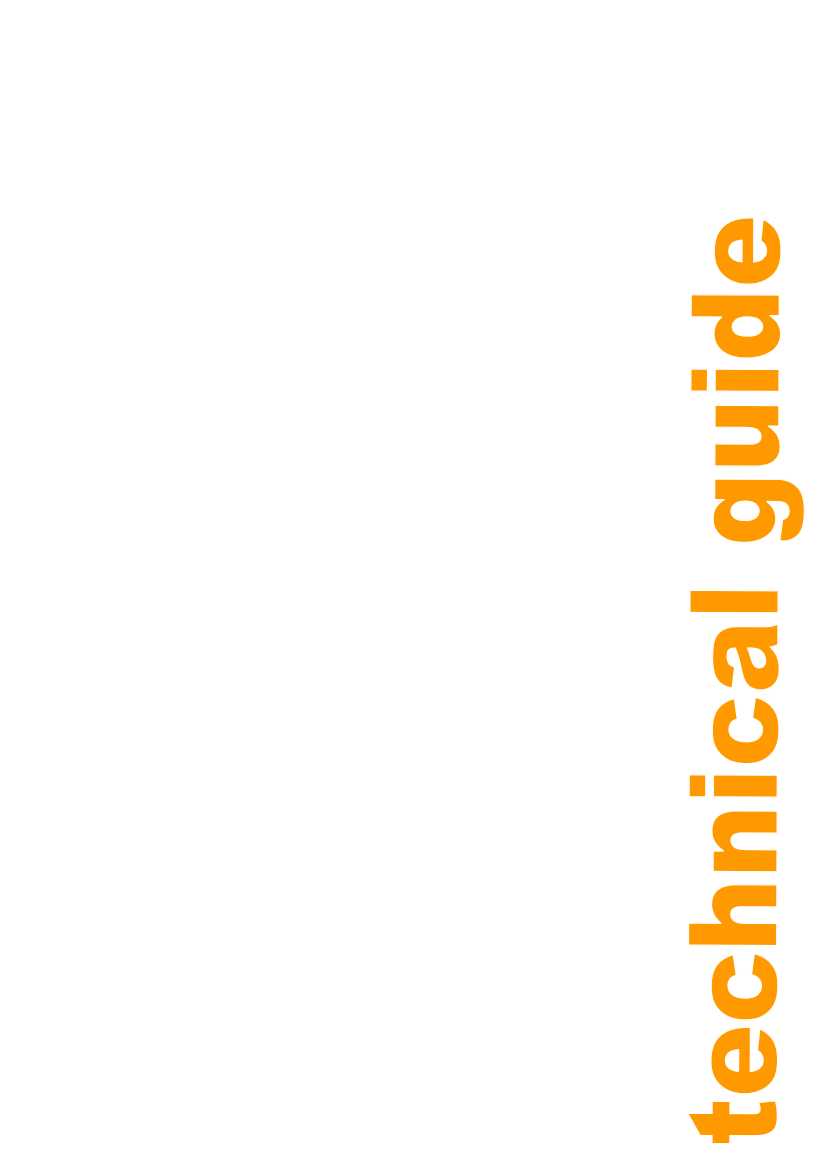
How to use the DRYIT semi-continuous tray dryer
Practical Action
Method to osmo-soak
There are a number of ways to do this. One of the least complicated methods is to add the
prepared fruit pieces to a hot solution of sugar at 40% ie 400g of sugar added to each 600ml
of water. The fruit is then left to soak in this solution overnight.
This technique does help to minimise the chance of browning because it acts in a similar way
to blanching. However it is generally recommended to add ½ teaspoon (max) of sodium
matabisulphite to each four litres of sugar solution to give 0.05% S02. If sodium
metabisulphite is not available then burning sulphur can be used for 1 - 2 hours. See above
information on sulphuring.
After the overnight soak the fruit pieces should then be rinsed in clean water and then
drained. This removes the excess sugar from the surface of the fruit. After this the fruit pieces
should be immediately put into the dryer.
Using the tray dryer
Having done all the preparatory stages the raw material is ready to be dried.
Loading the trays
The key point here is to ensure that the maximum amount of raw material is loaded onto each
tray BUT that the air is able to circulate freely around each piece.
Hence in the case of more dense pieces such as sliced potato or fruits only one layer should
be on each tray. This makes the depth of each tray very shallow. Hence the design of the tray
should reflect this so that as many trays as possible can be loaded into the Dryer.
Leafy and especially herbaceous materials can be loaded more deeply on the trays. Hence
ideally deeper trays should be used.
With the medium sized Dryer it is possible to load about 20 kg of fresh herbaceous material.
With the same depth of trays, about 10kg of sliced apples one layer thick.
The heater and thermostat
Two types of heater are currently available: gas fired and diesel fired.
The gas fired heater is a direct heater ie the heat from burning the gas is transferred directly
to the drying cabinet. A supply of propane gas is required.
The diesel fired heater is slightly more complicated because more regular attention and
maintenance is required. The diesel fired heater is an indirect heater ie the heat of
combustion is transferred to the air by a heat exchanger as opposed to directly blowing the
combustion fumes into the Dryer. Unlike gas, diesel does not burn cleanly.
The most important aspect of the heater is the thermostat. This is an essential item of
equipment. It is normally fitted at the base of the Dryer so that it can control the temperature
of the incoming air from the heater. The thermostat must be checked regularly and set to the
desired drying temperature. The thermostat should be accurate to within plus or minus 3 ºC.
The two other important aspects are the heat output and the delivery of air by the fan. For the
large tray Dryer the heater should have a heat output of 200,000 Btu/hr (60kW) and a fan
capable of delivering 1600 cubic feet per minute (cfm) or 2800m3/hr. The heat output gives
an indication of the ability of the heater to raise the temperature of incoming air.
30